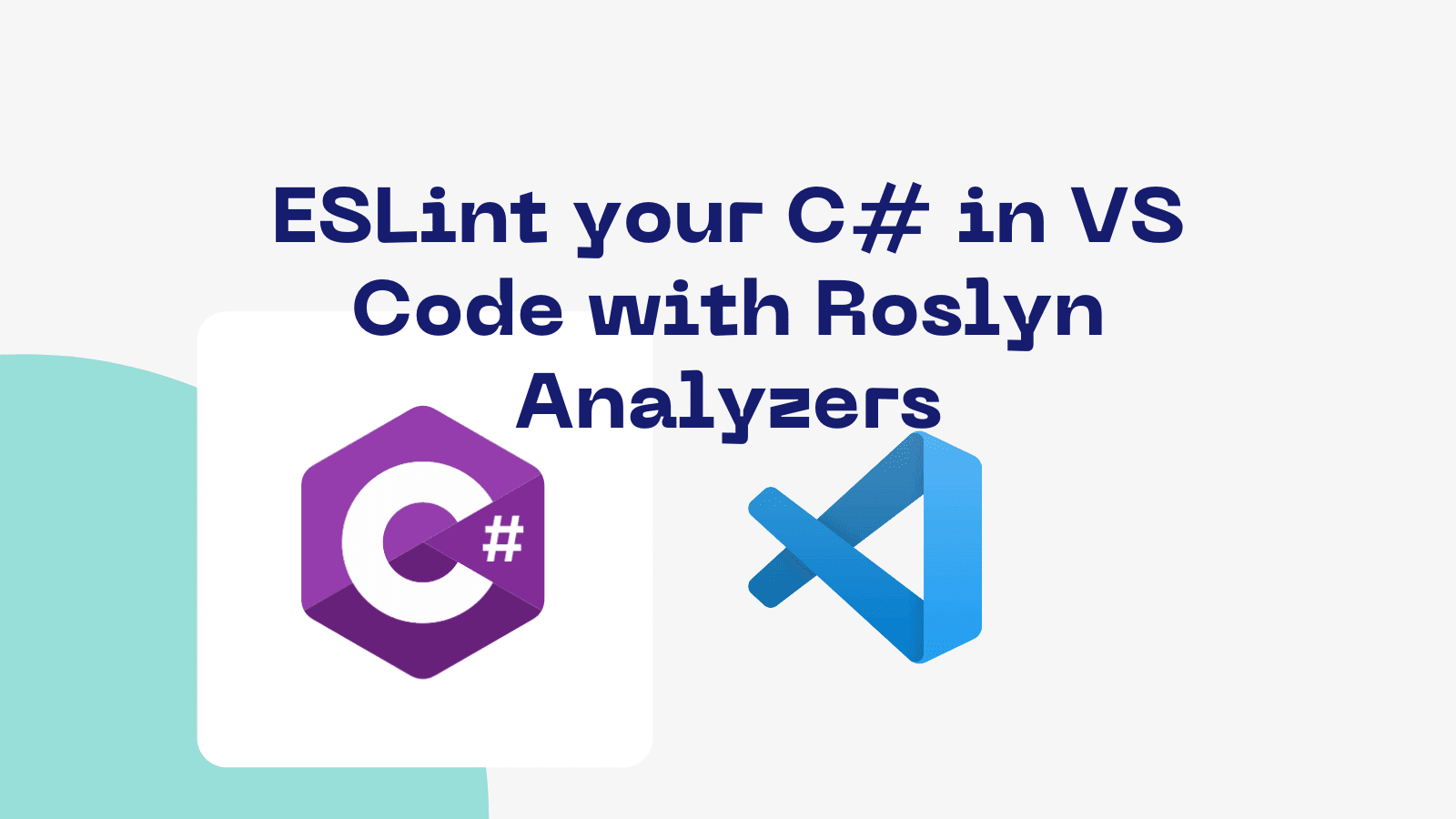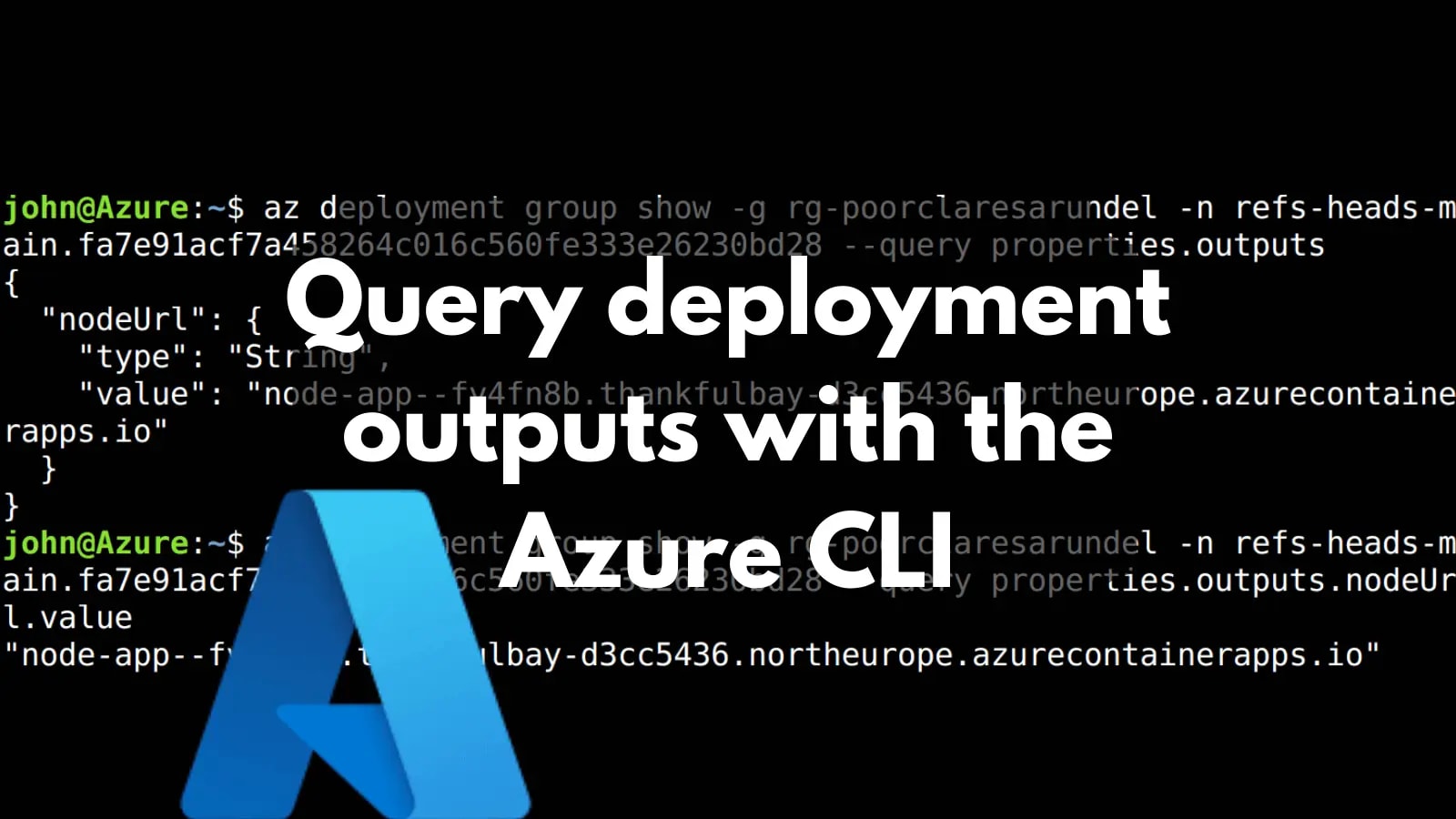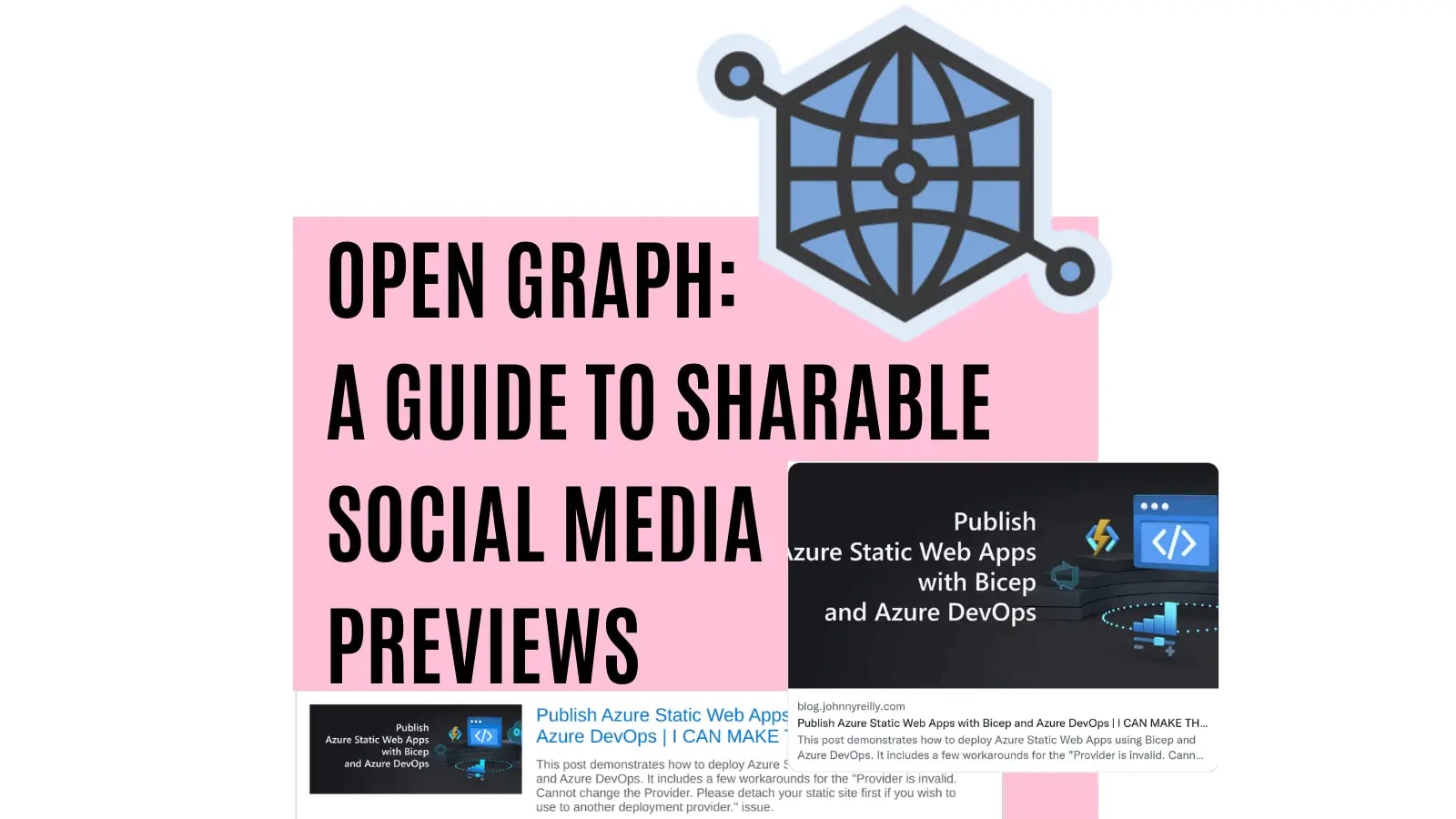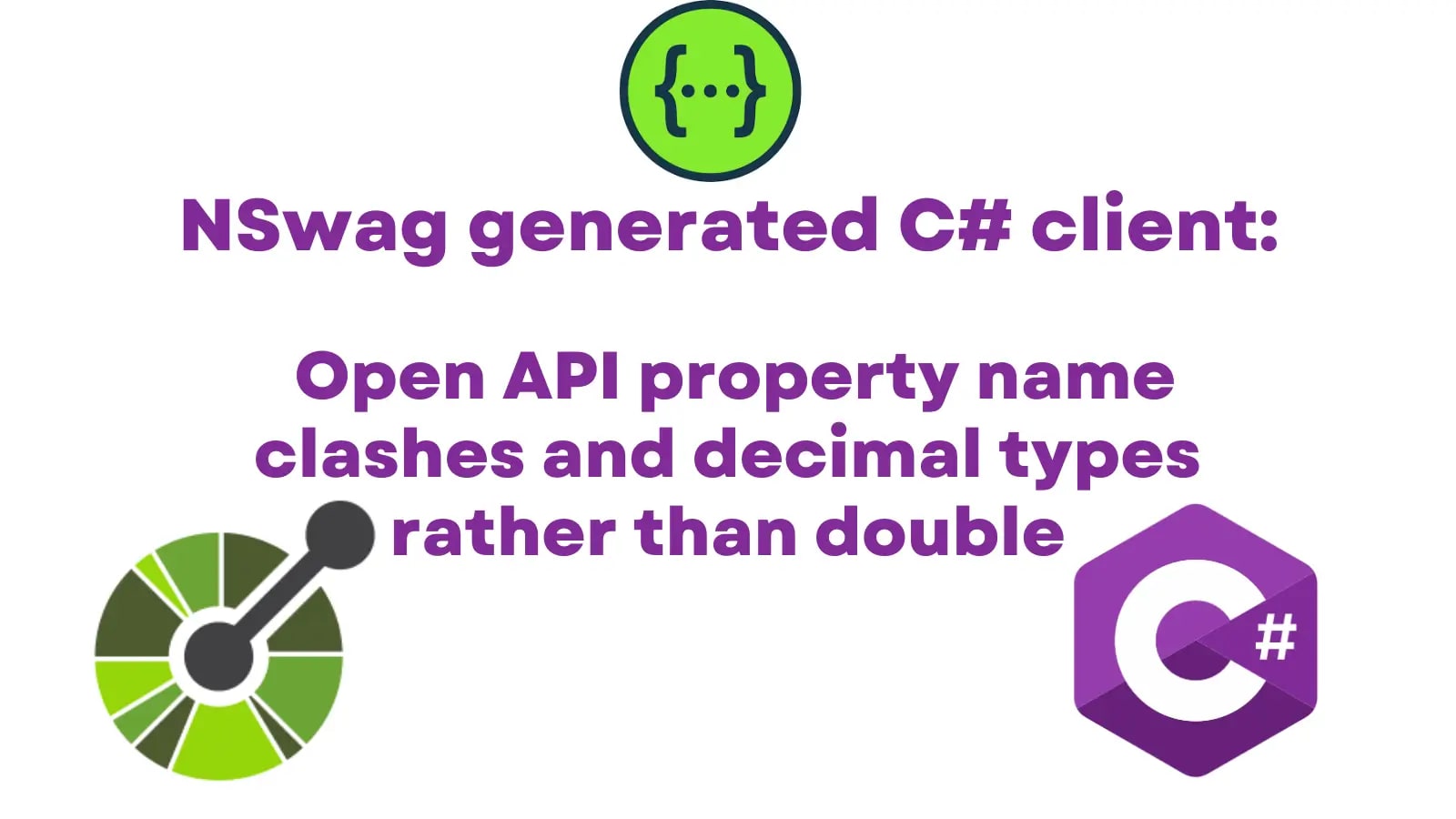Upgrading to React 18 with TypeScript
The upgrade of the React type definitions to support React 18 involved some significant breaking changes. This post digs into that and examines what the upgrade path looks like.

The upgrade of the React type definitions to support React 18 involved some significant breaking changes. This post digs into that and examines what the upgrade path looks like.

Recently, a new ECMAScript proposal called "Type Annotations" (originally named "Types as Comments") was revealed. The purpose is to allow type annotations to be valid JavaScript syntax. Albeit syntax that is ignored by JavaScript engines. The proposal is being worked on by Gil Tayar, Daniel Rosenwasser, Romulo Cintra, Rob Palmer, and others. Many of these people are from TypeScript community - however this proposal intentionally does not exist to benefit TypeScript alone.
ESLint provides a great linting experience for TypeScript and JavaScript in VS Code. The suggestions, fixes and ignore options make creating clean code a joy. A similar experience is available for C# in VS Code through Roslyn Analyzers - this post tells us more.

Private Azure Artifact feeds in in Azure DevOps can be used to serve NuGet packages. To build applications both locally and in an Azure Pipeline using those packages, there are a few steps to follow which this post will demonstrate.

Lighthouse is a tremendous tool for auditing the performance and usability of websites. Rather than having to perform these audits manually, it's helpful to be able to plug it into your CI pipeline. This post illustrates how to integrate Lighthouse into a GitHub Actions workflow for an Azure Static Web App, and report findings directly in pull requests that are raised.

For API endpoints that return multiple types, you can use inheritance with Swashbuckle to get create a Swagger / Open API definition featuring the variety of available types. Serving all these types is not the default behaviour. This post shows you how to opt in.

Jamstack sites have taken the world by storm. There's currently fierce competition between offerings like Netlify and Cloudflare. A new player in this space is Azure Static Web Apps. This post will look at what working with SWAs is like and will demonstrate deploying one using GitHub Actions.
If you'd like to improve the performance of a Docusaurus website by implementing native lazy-loading of images, you can. This post shows you how you too can have <img loading="lazy" on your images by writing a Rehype plugin.

This post shows how to build and deploy two Azure Container Apps using Bicep and GitHub Actions. These apps will communicate using dapr, be built in VS Code using a devcontainer. It will be possible to debug in VS Code and run with docker-compose.
This follows on from the previous post which built and deployed a simple web application to Azure Container Apps using Bicep and GitHub Actions using the GitHub container registry.

When we're using custom fonts in our websites, it's good practice to preload the fonts to minimise the flash of unstyled text. This post shows how to achieve this with Docusaurus.
It's often desirable to query the outputs of deployments to Azure. This post demonstrates how to do this using the Azure CLI, bash and jq. It also shows how to generically convert deployment outputs to GitHub Action job outputs.

This post shows how to build and deploy a simple web application to Azure Container Apps using Bicep and GitHub Actions. This includes the configuration and deployment of secrets.
This post follows on from the previous post which deployed infrastructure and a "hello world" container, this time introducing the building of an image and storing it in the GitHub container registry so it can be deployed.
If you'd like to learn more about using dapr with Azure Container Apps then you might want to read this post.

Azure Container Apps are an exciting way to deploy containers to Azure. This post shows how to deploy the infrastructure for an Azure Container App to Azure using Bicep and GitHub Actions. The Azure Container App documentation features quickstarts for deploying your first container app using both the Azure Portal and the Azure CLI. These are great, but there's a gap if you prefer to deploy using Bicep and you'd like to get your CI/CD setup right from the beginning. This post aims to fill that gap.
If you're interested in building your own containers as well, it's worth looking at this follow up post.

The Open Graph protocol has become the standard mechanism for sharing rich content on the web. This post looks at what implementing Open Graph tags for sharable previews (often called social media previews) looks like, the tools you can use and also examines the different platform rendering issue.

I love Netlify deploy previews. This post implements a pull request deployment preview mechanism for Azure Static Web Apps in the context of Azure DevOps which is very much inspired by the Netlify offering.

There's a debate to be had about whether using JavaScript or TypeScript leads to better outcomes when building a project. The introduction of using JSDoc annotations to type a JavaScript codebase introduces a new dynamic to this discussion. This post will investigate what that looks like, and come to an (opinionated) conclusion.

If you'd like to learn more about setting up a codebase to be type checked with JSDoc and TypeScript, then read this guide.
Azure standard tests are a tremendous way to monitor the uptime of your services in Azure. Sometimes also called availability tests, web tests and ping tests, this post goes through how to deploy one using Bicep. It also looks at some of the gotchas that you may encounter as you're setting it up.

NSwag is a great tool for generating client libraries in C# and TypeScript from Open API / Swagger definitions. You can face issues where Open API property names collide due to the nature of the C# language, and when you want to use decimal for your floating point numeric type over double. This post demonstrates how to get over both issues.

Google Discover is a way that people can find your content. To make your content more attractive, Google encourage using high quality images which are enabled by setting the max-image-preview:large meta tag. This post shows you how to achieve that with Docusaurus.

People being able to discover your website when they search is important. This post is about how you can add structured data to a site. Adding structured data will help search engines like Google understand your content, and get it in front of more eyeballs. We'll illustrate this by making a simple React app which incorporates structured data.
